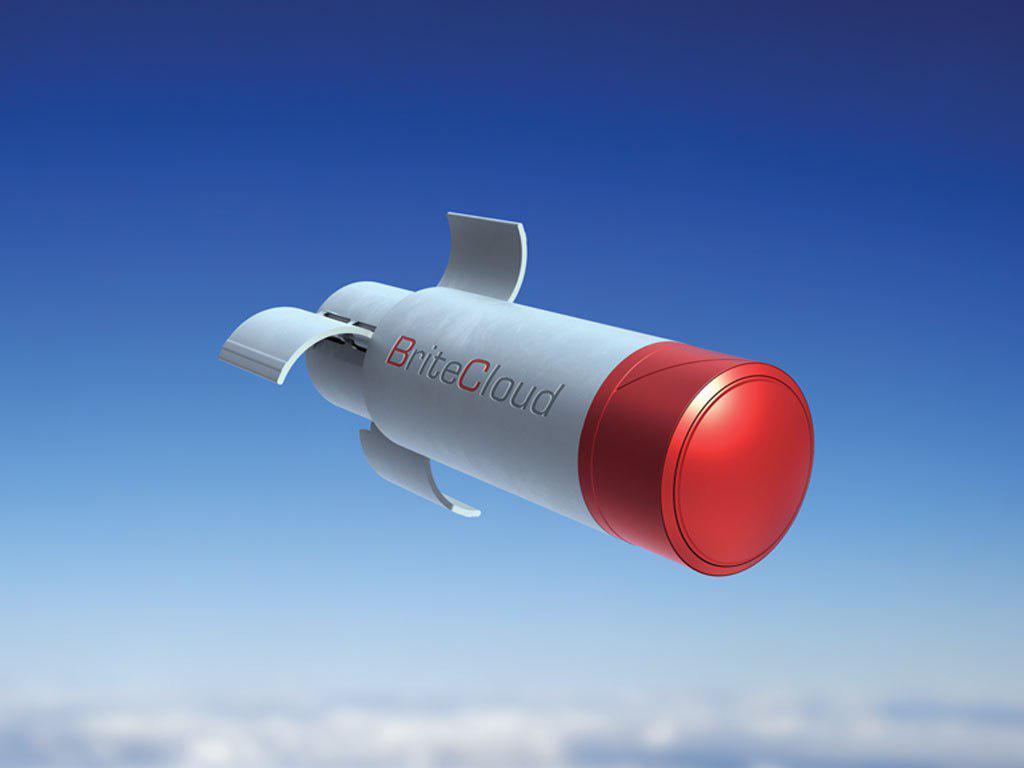LONDON, Sept. 16 (Xinhua) — A tiny decoy device that can protect a multi-million dollar warplane from being blown out of the sky is to undergo trials this year, Britain's Ministry of Defense (MOD) announced Friday.
The MOD has placed a 3.3 million U.S. dollars order for British-designed and built miniature decoys which will help to protect combat jets from missiles.
Packed with missile-confusing advanced electronics, the miniature BriteCloud decoys, the size of a can of cola, can be fired from an aircraft's flare dispenser without the need for modification to the aircraft.
The MOD said in London the cutting-edge BriteCloud system, designed and manufactured in Bedfordshire and Scotland by Leonardo-Finmeccanica, will undergo flight trials on RAF Tornado aircraft later this year.
"Once deployed, it uses powerful radar emissions to disrupt systems within radar-guided air-to-air and surface-to-air missiles," said the MOD.
"A pilot can launch the compact unit, which is packed with advanced electronics, to confuse an attacking missile, drawing it away to a point where it no longer poses a threat," it adds.
CEO at the MOD's Defense Equipment and Support organisation, Tony Douglas said:" Flight trials planned for later this year will test the system's effectiveness against a wide range of current and potential threats."
The MOD has been working with Leonardo-Finmeccanica to develop the BriteCloud system since 2012 at its sites in Edinburgh and Luton.
The MOD has invested around 25 million pounds (32.51 million U.S.dollars) in the BriteCloud system through a project commissioned by Defense Science and Technology Laboratory (Dstl) and managed by Defence Equipment and Support (DE&S).
"This new batch order will allow the RAF to explore how BriteCloud could best be deployed operationally. If successful, the system could be available for Tornado aircraft operations by mid-2017," added the MOD.
Wing Commander Matthew Tandy, Protection of Air Operations Desk Officer for the Royal Air Force said: "BriteCloud is much easier to install on a variety of aircraft than previous bulkier decoy systems, because it can be used from existing countermeasure dispensers such as flare launchers.
"Although the devices are highly advanced, they are straightforward to use. They can be easily re-programmed during operations to defeat new threats as they are encountered, giving the RAF an important advantage in engagements."
